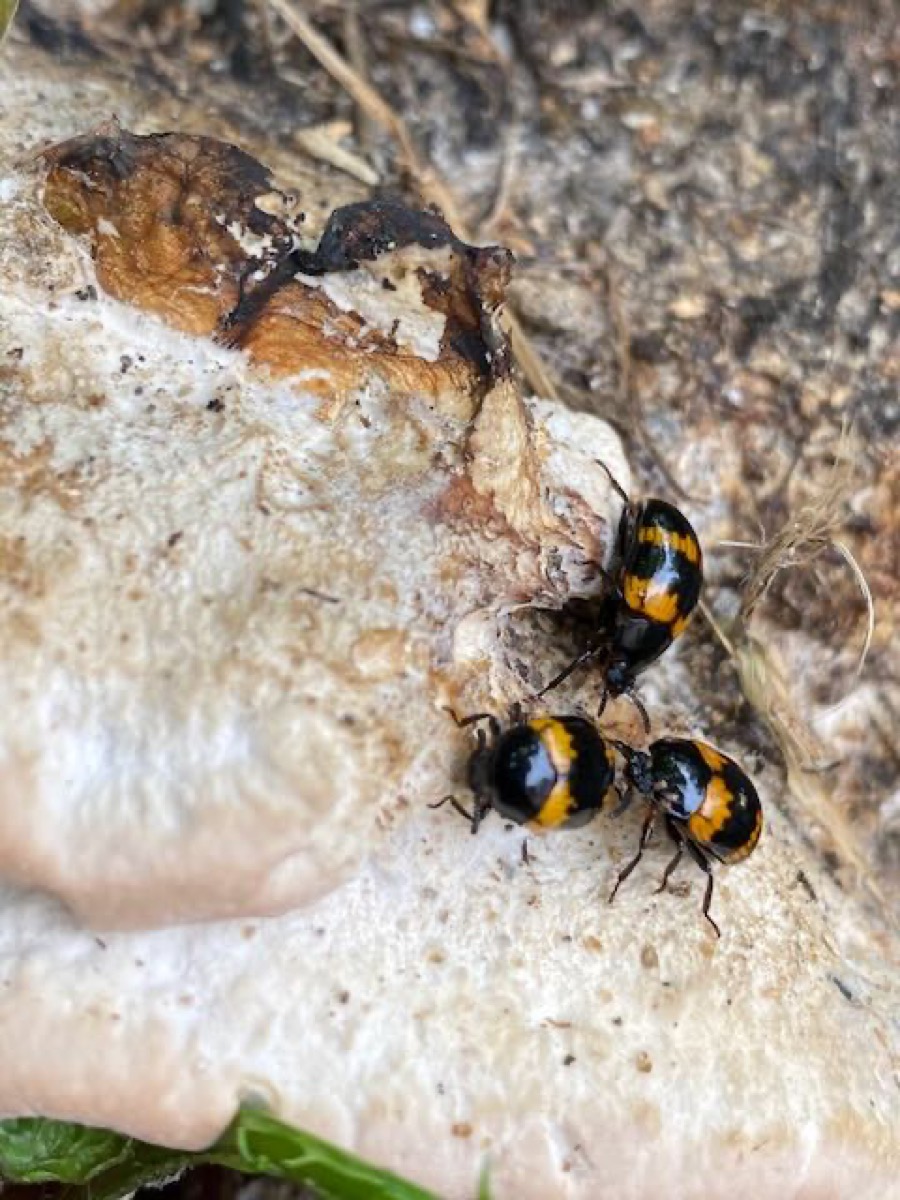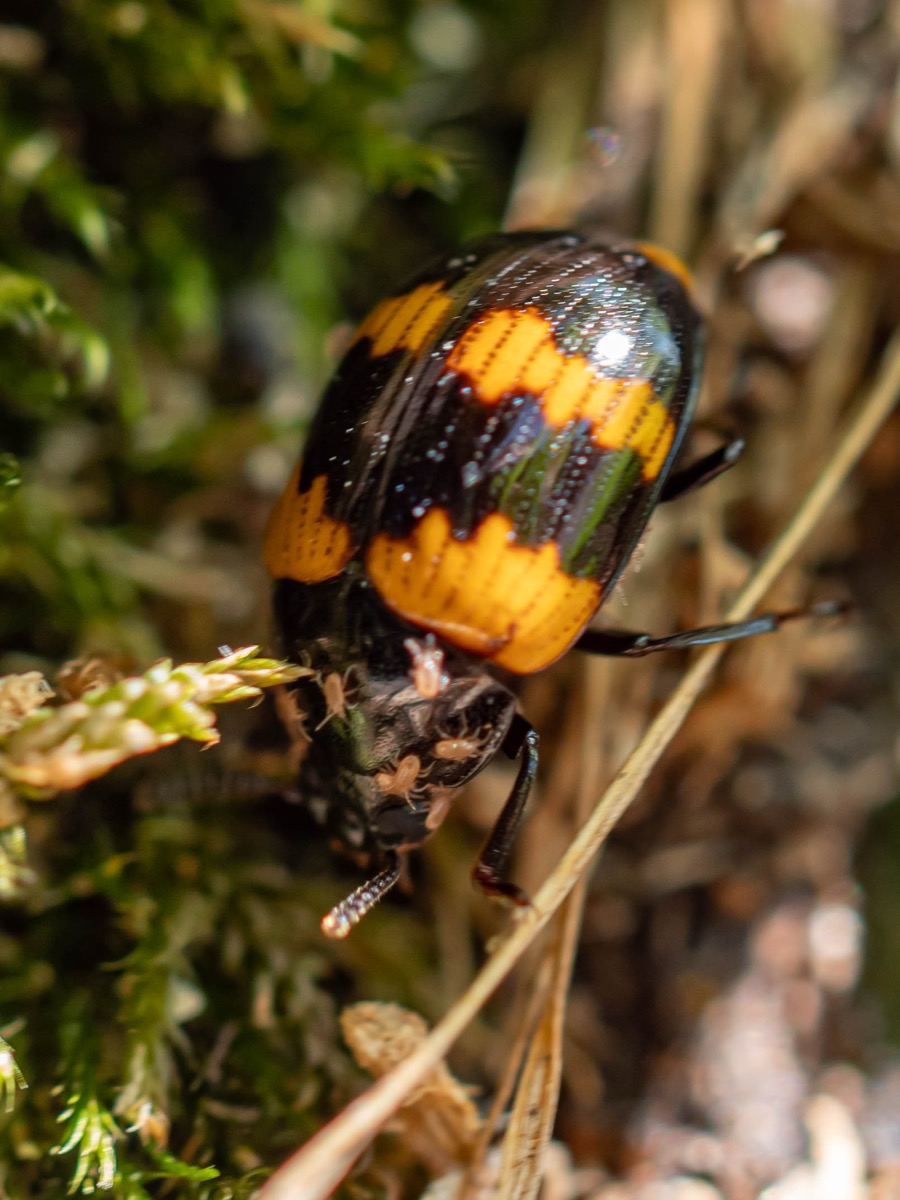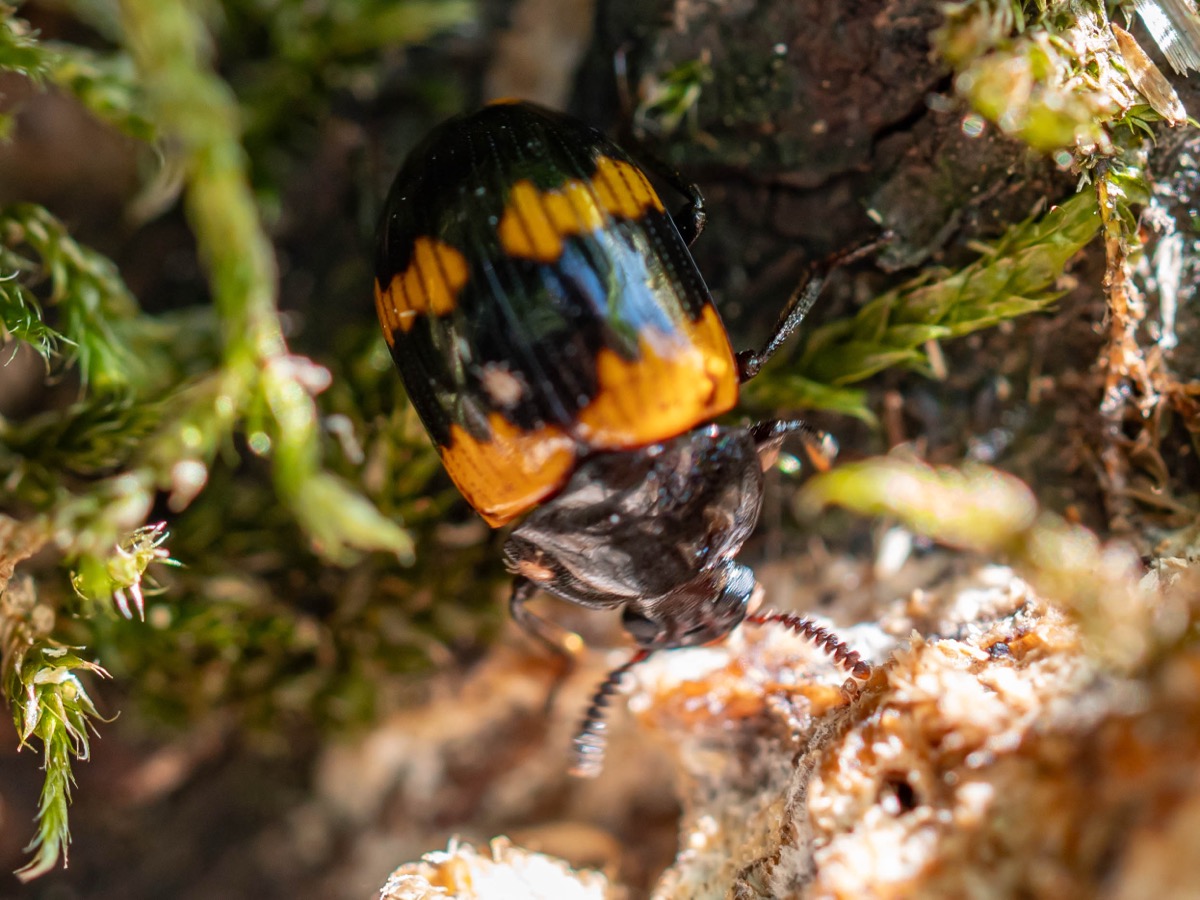The Tenebrionidae – Darkling Beetles
Tenebrionidae – Darkling Beetles are beetles measuring from 2 to 80 mm. They can be confused with ground beetles or leaf beetles.
Tenebrionidae are a family of beetles that includes a vast group of species, many of which are commonly referred to as “darkling beetles”. These beetles are widespread across the globe and are found in a variety of habitats, ranging from deserts to forests and grasslands. Here is a summary of the main characteristics of the Tenebrionidae:
Characteristics
Morphology:
Darkling beetles show great diversity in shape and size. They can be dark brown or black in color, with well-developed elytra that generally cover the entire body. Their antennae are usually fairly long and made up of distinct segments.
Diet:
Tenebrionid diets vary considerably. Some species are decomposers, feeding on decaying organic matter, while others are herbivores, predators, or omnivores. Some darkling beetles are even known to be parasites in bird nests.
Environmental adaptations:
Due to their wide geographical distribution, darkling beetles have developed various adaptations to survive in diverse environments. Some species are highly tolerant of arid conditions and are well adapted to desert ecosystems.
Economic importance:
Some darkling beetles can be considered agricultural pests, damaging crops and stored products. Others have beneficial roles, such as decomposing organic matter and pollinating certain plants.
Life cycle:
Like many other beetles, darkling beetles go through a complete life cycle, including egg, larval, pupal, and adult stages. The larvae of some species, known as “mealworms,” are often used as food for pets and in scientific research.
Interaction with humans:
In addition to being used as food for domestic animals, some darkling beetles are collected for entomological collections, scientific research, and education. Some are also studied to understand their role in ecosystems and their interactions with other species.
Diaperinae (Subfamily)
Genus Diaperis
Diaperis boleti – Bolete Diaper
The Bolete Diaper is mycophagous, as its name suggests. Its shape is reminiscent of lady beetles.
| Order | Coleoptera |
|---|---|
| Family | Tenebrionidae |
| Genus | Diaperis |
| Species | Boleti |
| Common name | Bolete Diaper |
| Identifier | Linnaeus |
| Year identified | 1758 |
| Protected | Not protected |
| IUCN category (2001-2003) | Not classified |
| Habitat | |
| Diet | |
| Color | |
| Antennae | |
| Pronotum | |
| Elytra | |
| Legs | |
| Range | Europe |
| Min size | 6 |
| Max size | 8 |
| Period start | |
| Period end |



